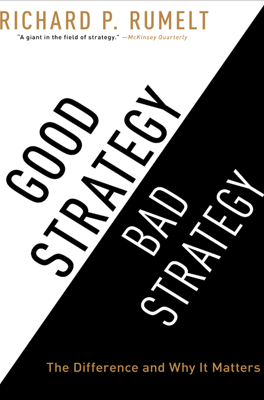Using Dynamics
Harnessing Change for Strategic Advantage
The strategic use of dynamics involves exploiting waves of change, which are largely exogenous and beyond the direct influence of any single organization. These changes can dismantle existing competitive structures, negate old advantages, and foster new ones. To capitalize on these dynamics, understanding the emerging landscape and strategically positioning the organization is essential.
Creating Competitive High Ground
Innovators can create new competitive high grounds through dramatic innovations, like Gore-Tex in materials or FedEx in logistics, crafting domains where they lead until competitors catch up. Alternatively, strategically savvy leaders can leverage existing waves of change, understanding that changes in technology, economics, or regulations reshape competitive landscapes.
Recognizing and Riding Waves of Change
Recognizing these waves early is crucial as their effects are most potent and mutable during initial stages. For instance, the historical development and societal impact of technology from 1875 to 1925, and subsequently from 1942 to the late 20th century, show how profound shifts in technology and society redefine what is possible. Effective strategies involve seeing these changes before they become obvious and leveraging them to reposition the organization.
Examining Cisco Systems' Success
Cisco Systems exemplifies a company that thrived by harnessing waves of change. By focusing on software and understanding shifts in networking and communications, Cisco outmaneuvered larger competitors and dominated the router market. This involved recognizing the rise of IP networks and the Internet and aligning company strategies to these emergent realities.
Strategic Guideposts for Navigating Change
Several guideposts can aid in understanding and navigating waves of change:
- Rising Fixed Costs: Watch for industry consolidations driven by increasing fixed costs that only the largest companies can manage.
- Deregulation: Understand how policy changes recalibrate the competitive field, often dismantling old subsidies and fostering new competition.
- Predictable Biases in Forecasting: Be wary of biases that assume continuation of the status quo or envision battles solely among current leaders.
- Incumbent Responses: Evaluate how existing market leaders might resist or fail to adapt to changes, creating opportunities for more agile players.
- Attractor States: Consider the most efficient, technologically feasible future configuration of the industry, guiding strategic positioning towards this potential future.
Utilizing Industry Examples
- Telecommunications: As seen in the deregulation of telecommunications, initial unbalanced pricing structures forced a rapid reevaluation of business models once deregulation occurred.
- New York Times scenario analysis illustrates how industries might evolve towards more efficient structures, suggesting a move away from generalist models to more focused or digitally integrated formats.
Strategic Insight
Understanding the forces of change and positioning for them can alter the competitive landscape in favor of the prepared organization. By analyzing these dynamics and adapting strategies accordingly, businesses can find new opportunities and maintain relevance even as industries transform radically.
